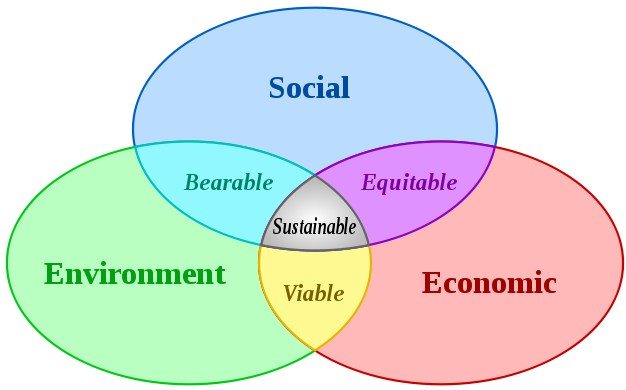
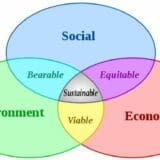
By Ashley McCormack
One of the major focuses of this presidential election year is the economy and the ways we can create jobs. President Obama’s State of the Union address and the Republican debates make it clear that everyone has an opinion about how to put Americans back to work. It’s equally evident that a good jobs plan must build a sustainable American economy – from an environmental standpoint as well as one that will benefit the next generation, and employ people in the kind of jobs that will keep America competitive in the global economy.
 Each year, the BlueGreen Alliance hosts Good Jobs, Green Jobs, a national conference bringing together labor, environmental, business and elected leaders to discuss how we can build an economy that creates precisely such jobs. In this pivotal year, instead of hosting one national conference,
Each year, the BlueGreen Alliance hosts Good Jobs, Green Jobs, a national conference bringing together labor, environmental, business and elected leaders to discuss how we can build an economy that creates precisely such jobs. In this pivotal year, instead of hosting one national conference,


It’s fascinating to watch an industry attempt to define and structure itself as it comes together. Imagine Silicon Valley in the late 1990s, nuclear power in the 1960s, alcohol in the 1930s, or the auto industry in the 1900s and 1910s.
I got to see shades of this recently when I visited the High Times Medical Cannabis Cup, held at L.A. Center Studios. Despite the carnival atmosphere, this was essentially a trade show for an industry in its inception. A friend had to deliver some union materials to a labor-friendly vendor, and I tagged along, chatting with representatives from all segments of the industry.
Most press accounts have caricatured the industry as a joke. But with potential national revenue that could be as large as $120 billion annually (estimating the true size is notoriously difficult), and with boosters predicting potential California employment in the tens of thousands,
» Read more about: Seeing Green: Is an Underground Industry Going Legit? »
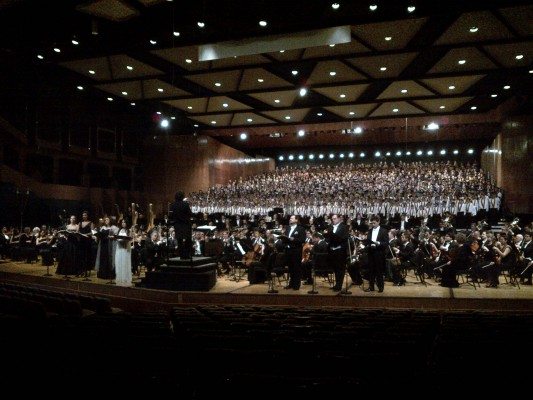
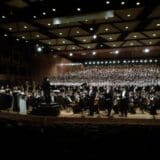
It wasn’t exactly Tahrir Square, but one recent Saturday afternoon, through modern technology, I joined an estimated two million people throughout Latin America, the U.S. and Canada in 500 different venues to experience a different kind of democracy movement – call it musical democracy.
We were all gathered to watch Gustavo Dudamel of the LA Philharmonic Orchestra conduct 1,400 performers in Gustav Mahler’s Eighth Symphony in Caracas, Venezuela.
The 1,200 young members of the chorus, and the Venezuelan musicians who played alongside the pros of the LA Phil, are products of “El Sistema,” the innovative choral and orchestral training system aimed at the country’s poorest children . The program currently involves 250,000 kids and 135 youth orchestras throughout the nation of 30 million. Dudamel is a product of that system, as are the numerous talented Venezuelan musicians now getting scooped up by topnotch classical music venues throughout the world.
Founded as an anti-drug,
» Read more about: Gustav, Meet Gustavo: Hearing Mahler in the Cineplex »
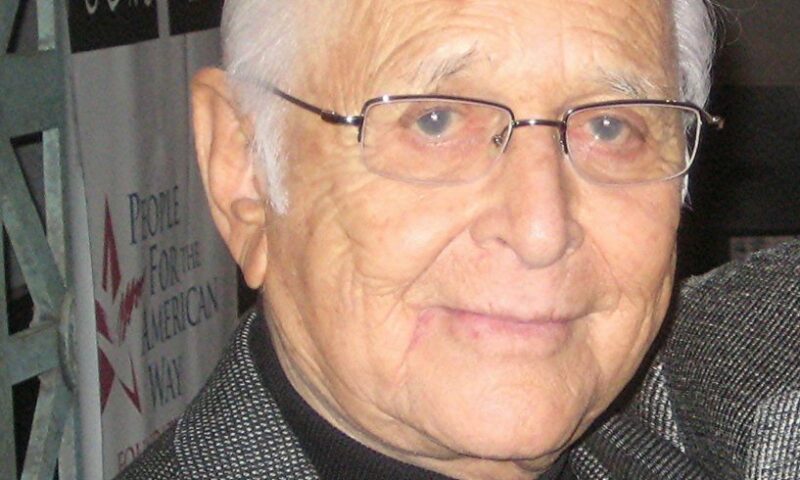
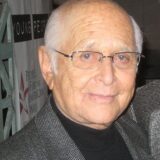
(The Los Angeles Alliance for a New Economy has just released its guide for policy activists in the form of a graphic novel and anthology of case studies. Here is veteran television producer Norman Lear’s forward to They Said It Was Impossible! How to Win Progressive Change When the Odds Are Against Us.)
I frequently meet people who love this country and worry that it is in deep trouble, but don’t know what they can do about it. It’s hard for them to see how an individual can make a real difference when our problems are so big.
But our history tells us that when individuals get together, we can create real and lasting change. And this publication tells us how LAANE is successfully taking on the challenge of building a new economy, one that is fair,
» Read more about: Norman Lear: Reclaiming Our Country, the Smart Way »
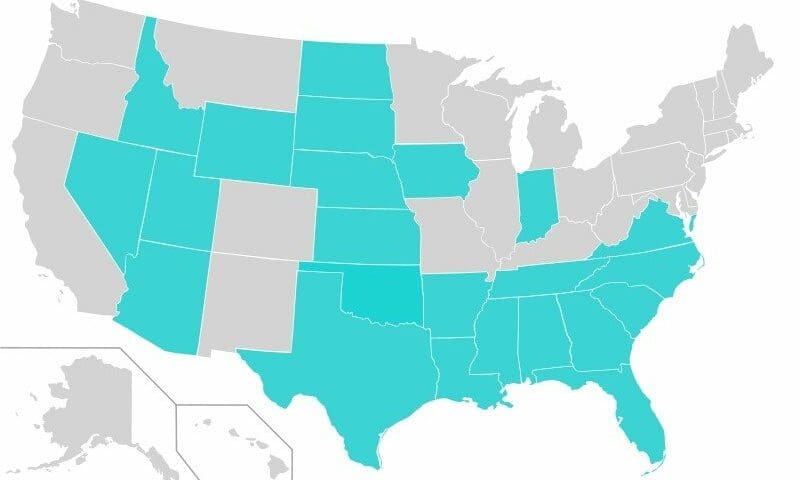
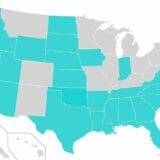
We’re currently riding a serious wave of attacks on labor unions from politicians. (Generally, but not exclusively, this has come from the GOP.) We all know about the assaults on public employee unions that started last year in Wisconsin, and have spread across the country, with proposed or enacted legislation in states such as Michigan, Ohio (subsequently repealed by voters), Indiana, and most egregiously, Arizona.
And then there’s the resurgence of so-called Right to Work legislation, which was just signed into law in Indiana, which became the first state to go RTW since Oklahoma in 2001. (That makes 23 right to work states overall.) Similar legislation is pending elsewhere, including Ohio, Minnesota, Michigan, and New Hampshire. Even states that are already right to work, like South Carolina, just want to get a little right to workier.
With Romney needing to establish more conservative cred,
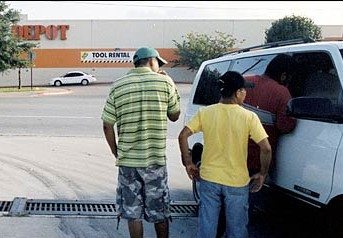
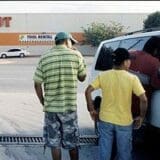
Americans may be almost evenly divided about why a few people get so rich. But when it comes to why people are poor, there’s a general consensus: If people are poor, it’s their own damned fault!
This belief comes to us from British attitudes. Debtor prisons had a long tradition across the world, but England taught us that poverty was a moral failing. People were poor because they were sinful or impious or wastrels, so nothing could be done about it, and nothing should be done. Most Americans hold a similar view to this day, which is why the old “Welfare Queen” trope works so well for politicians.
Reality is less exotic. Real institutional systems make people poor and keep them there. Take wages. Despite California’s above-the-national-average minimum wage, no one can raise a family on it. Yet 65 percent of minimum-wage employees are the sole support of their family, on an income of only $16,640 a year.
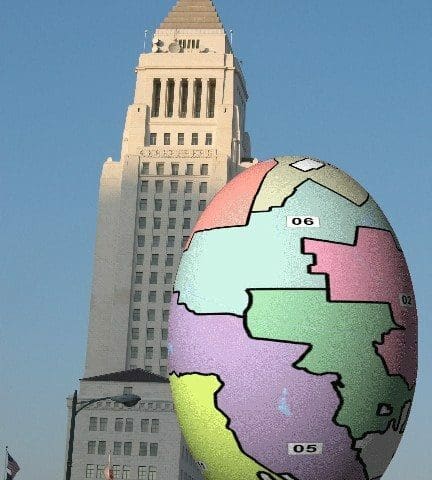
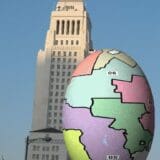
On and off for two years – between 1988 and 1993 – I worked at the law firm of Latham and Watkins, representing some of the most powerful developers and corporations in Los Angeles. I vividly remember going down to the council chambers in City Hall, standing at the rope separating the public from council members and watching my colleagues pull lawmakers over to lay out what needed to be done in support of a development proposal or a big city contract. I would look around the council chambers and – unless there was some rare public controversy that brought a lot of people down to City Hall – I would see only white lawyers and lobbyists dressed in fancy suits who essentially owned the place.
When I left Latham and Watkins and helped to start LAANE in 1993, I resolved to bring the knowledge of developer lobbyists into our work and get thousands of real people from all stripes down to City Hall.
» Read more about: LA’s Redistricting War and the Health of Our Democracy »
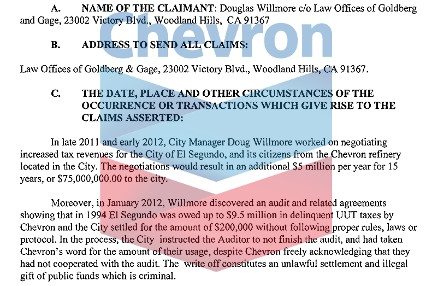
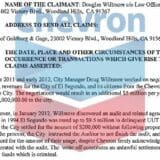
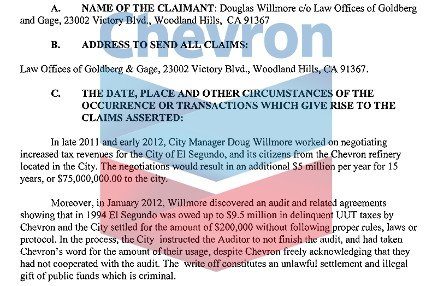
The skirmish of words in El Segundo over its city manager’s proposal to raise local taxes on that city’s largest business, Chevron Oil, has suddenly become a full-fledged legal war, with the official making explosive accusations against both El Segundo’s government and Chevron. The story, which Donald Cohen has been following for Frying Pan News, began with Doug Willmore’s efforts to bring the giant refinery’s taxes in line with the taxes paid by other California oil companies. Willmore was subsequently fired on February 9 by El Segundo’s city council.
In response, the ousted city manager has filed a governmental claim against El Segundo, a forerunner to a lawsuit. In it, Willmore claims that:
» Read more about: El Segundo Inc.: Furor Over Chevron’s Sweetheart Deal »
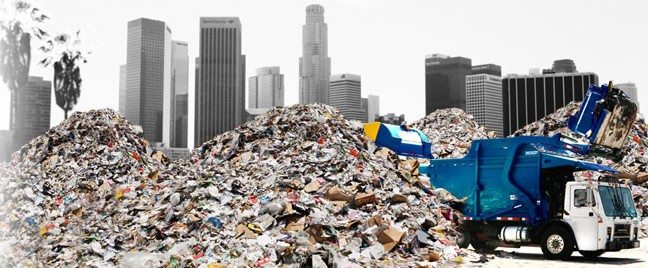

February 13 was a big day for those who want Los Angeles to lead the way in greening our cities. After a contentious all-day hearing, the L.A. City Board of Public Works unanimously approved the Bureau of Sanitation’s recommendation to transform trash collection from businesses and large apartment buildings.
Under the new system, which must still be approved by the City Council, haulers will operate under an exclusive franchise system with environmental standards and accountability. This means, finally, that our city will know who is picking up trash where, when and how — and that only responsible haulers, committed to playing by the rules, will be picking up and processing our trash.
One of the themes heard repeatedly during public testimony at last week’s board hearing was that an exclusive system is going to raise costs. And there was a magic number to go along with the cry: 33 percent!
» Read more about: Junk Math: The Waste Industry’s Numbers Don’t Add Up »